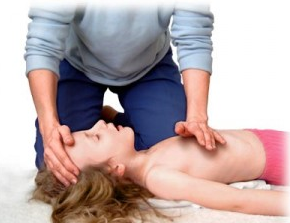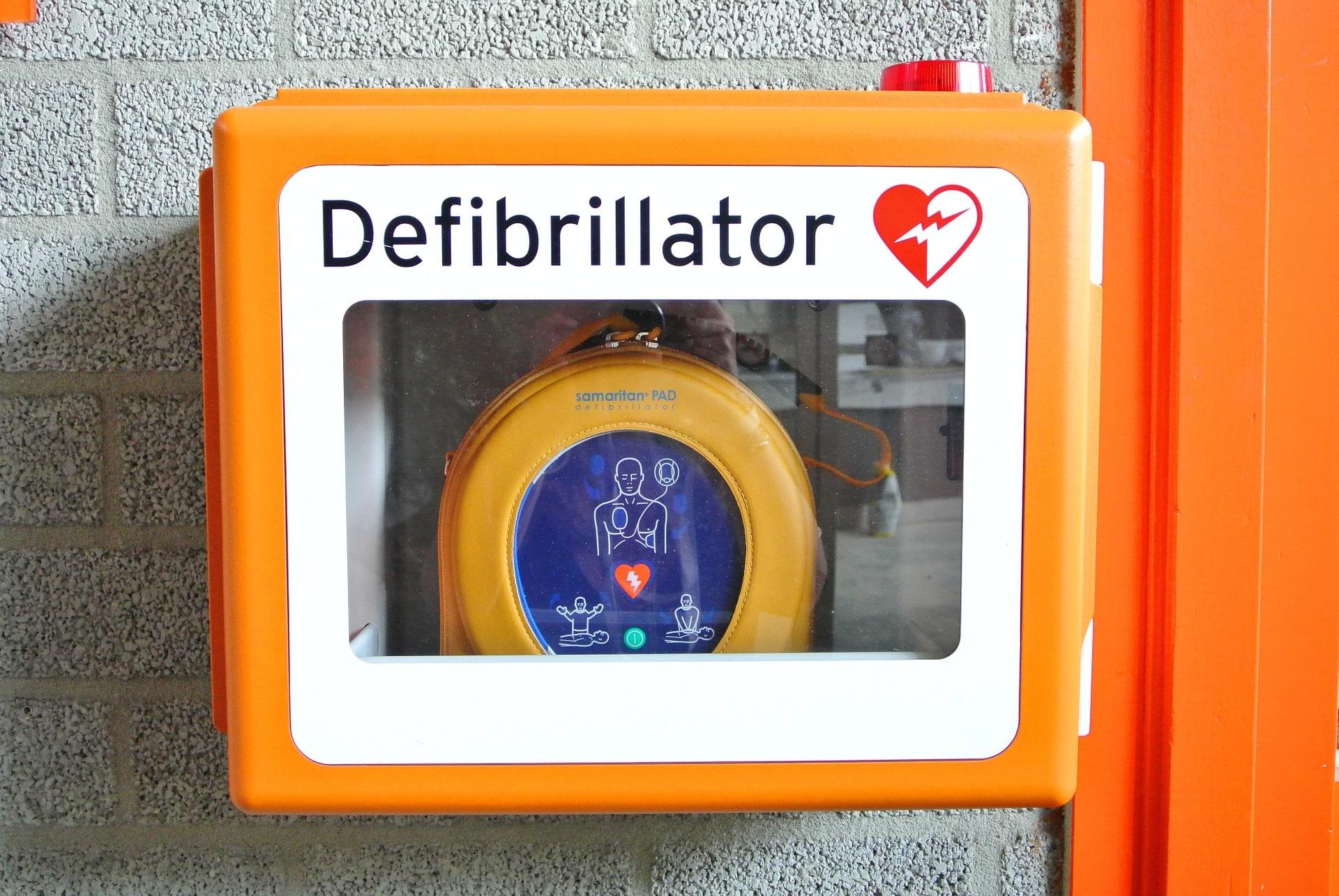Multiple physiological and behavioral factors that are not found in younger people combine to cause and elevate the danger presented by the cold to the elderly. For instance, elderly persons who suffer from chronic illness and take multiple medications are more vulnerable to the cold temperatures. Poor nutrition and dehydration also make the elderly more vulnerable to colder weather. The cold is also felt less by the elderly, so their ability to control their body temperatures is significantly reduced. Even if an older person does feel cold, it is shown that they tend to be more reluctant to heat their homes in order to reduce heating costs.
Although cold weather poses a higher risk for the elderly, there are plenty of tips and tricks to follow throughout the winter months in order to maintain a healthy lifestyle.
General Risks
The cold, stormy weather is harder on an older body and can pose serious health risks. During the winter months and snowy weather, the body’s temperature can drop below normal levels and cause hypothermia. Hypothermia can cause multi-system injury and a higher risk of mortality at an older age, as it is more common and harmful in the elderly community.
Like hypothermia, many other cold-weather related health risks are more harmful to older individuals when compared to younger people. Slippery streets and paths, colds, and the flu pose difficulties for seniors whose health may already be compromised by chronic illness. Slipping on something like ice and falling is a major risk for older individuals, as fractured hips have an extremely high mortality rate in elderly patients.
Health Habits to Maintain
During the winter, it is crucial to drink a sufficient amount of water throughout the day, even if one does not feel thirsty. It is recommended to drink 8-10 glasses of water per day to maintain proper health. It is also key to know that eating and drinking warm foods and beverages can help to maintain body heat. One should avoid alcohol and caffeine, but be sure to eat frequent, light meals throughout the day.
Most importantly, the elderly community should stay active even if they cannot leave their homes. Being mobile throughout the day raises body heat and increases blood flow.
Prepare Your Home
It is crucial to know and control the temperature of the dwelling. An ideal temperature should range between 68-75 degrees and can be measured by a simple thermometer. The air in a dwelling should not be too dry or too humid. Sufficient humidity is good, but too much humidity can be a cause of illness. Doors, windows, and any openings which lead to the outdoors should be properly sealed so that the house or apartment can easily maintain a proper temperature, but be sure not to restrict normal, proper ventilation as well.
Dress the Part
Layered, warm, and comfortable clothing is important for protecting against harsh winter climates. Clothing should not restrict movement, but keep heat in. Because our metabolism is so slow in the morning due to lack of activity overnight, it is especially important to dress warmly. At night, flannel sheets, socks, and blankets can help to keep elderly individuals at a good body temperature. While it is best to stay out of the winter weather if you are an older adult, gloves and a hat are recommended in addition to a coat if one needs to brave the elements.
Watch for Ice
Falls are extremely common in the elderly community. According to the National Institutes of Health, over 1.6 million older Americans visit the emergency room each year because of fall-related injuries. During the winter, snow, sleet, and ice make for unfit and slippery conditions, but falls can certainly be prevented with these few tips:
- Stretch to prepare muscles and improve circulation before heading outside
- Use any device which may assist, like handrails, or a cane or walker
- Wear non-slip, sensible footwear
- Stay on clear paths
- Sprinkle sand or ice on roads or sidewalks
Even with these helpful tips, it is best to minimize the risk of falling by avoiding going outside in bad weather if at all possible.
When weather conditions are suspected to deteriorate, stock up on necessities and be prepared to be inside for at least a few days. Instead of going somewhere, invite others over, exercise, and plan indoor activities.
Be Firm with Loved Ones and Friends
Although cold weather can sometimes cause depression in older individuals, it is important to follow these tips and keep good health as a number one priority. The colder, winter weather may restrict elderly people from some activities; it is important to know the risks before venturing into stormy weather. It may also be good idea to encourage them to take a CPR course or First Aid course
Summary
Cold weather does not have to be deadly to the elderly. Using common sense, following the simple tips discussed above, and being proactive with your aged friends and relatives will help ensure that they can enjoy safe and warm winters.


